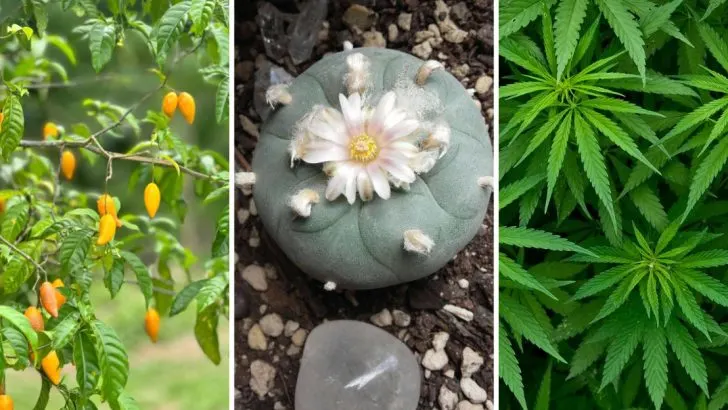Throughout history, plants have been used for medicinal, recreational, and spiritual purposes. However, some plants contain substances that have raised significant concerns due to their narcotic effects, leading to their prohibition in certain regions, including the U.S. These plants can have powerful psychoactive effects, which can be both dangerous and addictive.
In this article, we explore eight controversial plants banned in the U.S. for their narcotic properties. From plants with long histories of use in traditional medicine to those considered a risk to public health, learn why these plants have sparked debates about their legality and safety.
Whether for their mind-altering effects or their potential for abuse, these plants remain some of the most intriguing and heavily regulated species in the botanical world.
Salvia Divinorum
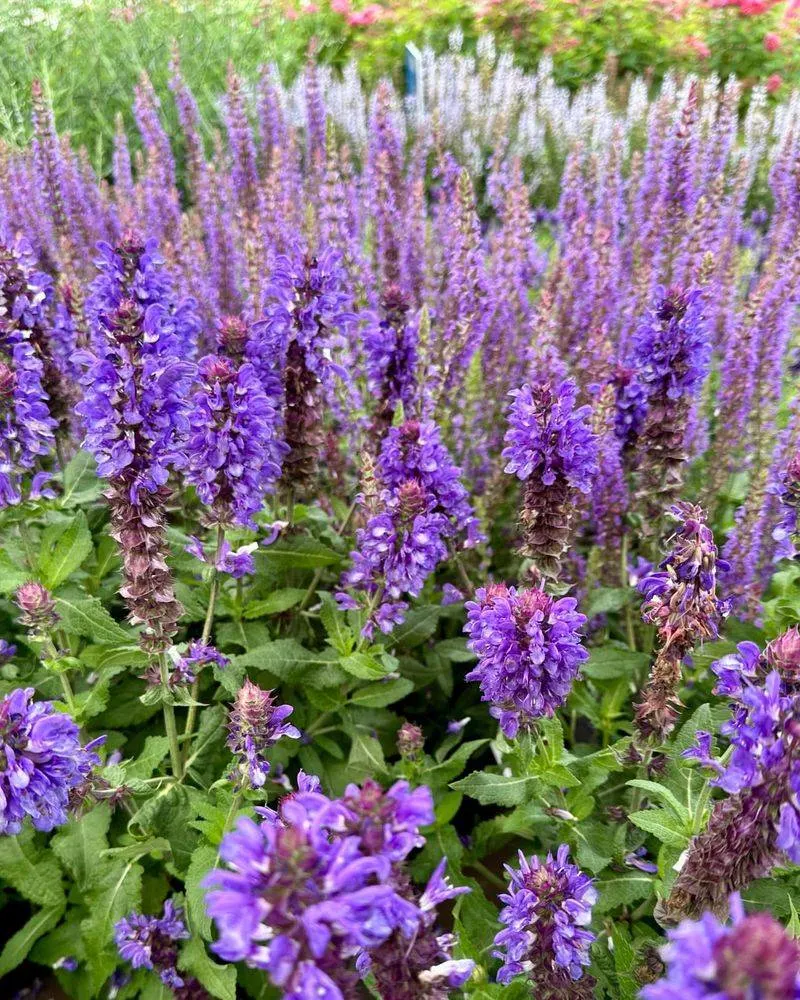
Known for its intense psychoactive properties, this plant originates from the Sierra Mazateca in Mexico. Used traditionally by Mazatec shamans, it’s said to induce visions and altered states of consciousness. In the U.S., its growing popularity among teens and young adults for recreational use led to its ban in several states. Possession or sale of Salvia can lead to significant legal consequences. The plant’s infamous reputation is primarily due to its active compound, salvinorin A, which interacts uniquely with the brain. Despite ongoing debates, its legal status remains a contentious topic among researchers.
Khat
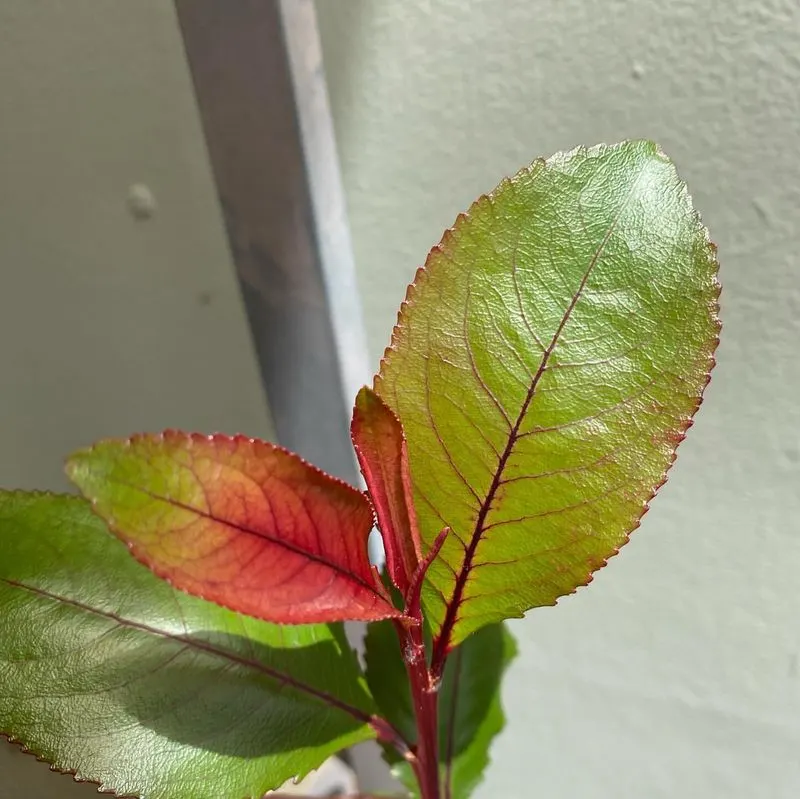
A stimulant traditionally chewed in East African and Arabian cultures, khat contains cathinone, a chemical similar to amphetamines. Its stimulating and euphoric effects have led to its classification as a controlled substance in the U.S. Concerns about addiction and social disruption accompany its use. Though culturally significant, khat’s potential for abuse and health risks make it controversial. Despite its legality in its regions of origin, importation and use in the U.S. are prohibited. The plant’s story highlights the cultural dichotomy and challenges of integrating traditional practices into modern legal frameworks.
Peyote Cactus
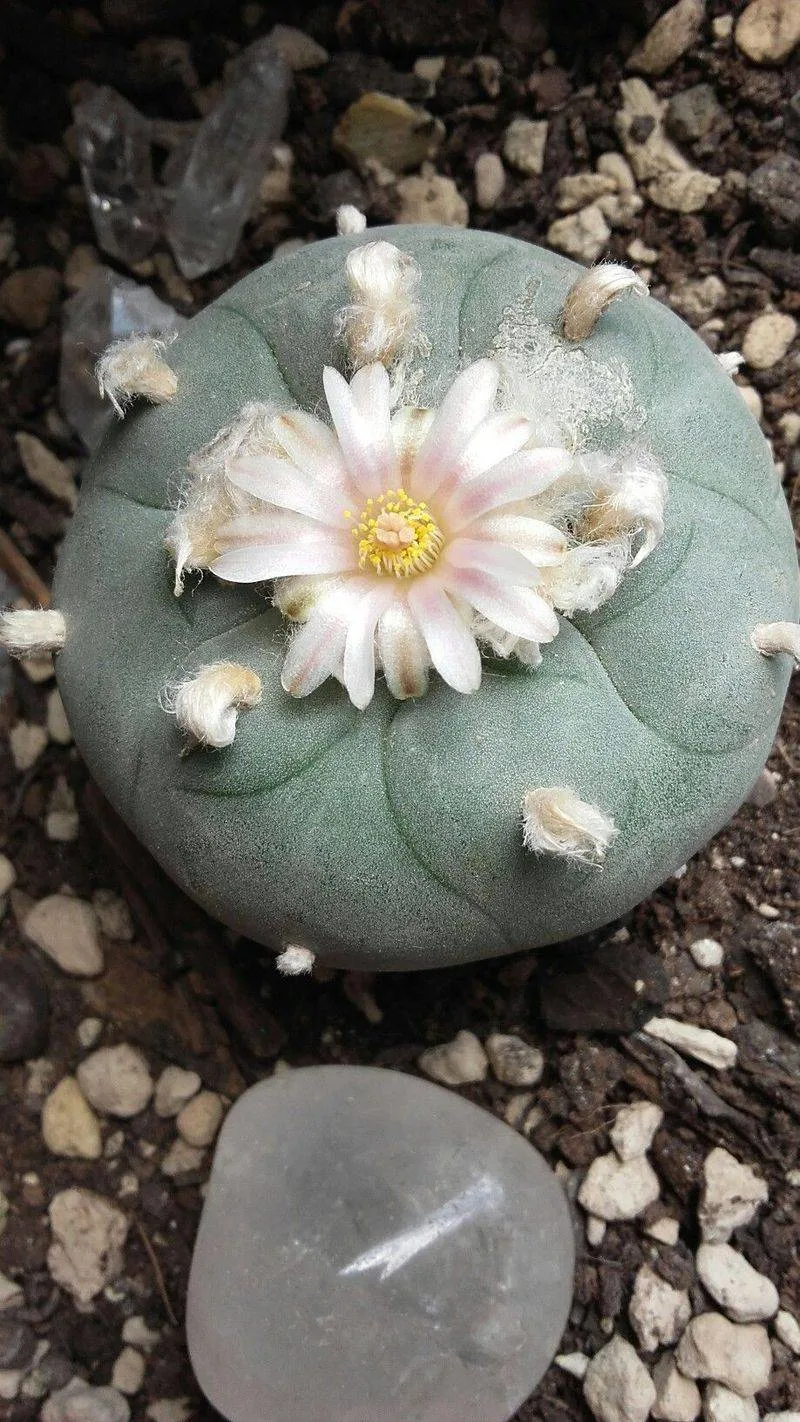
Renowned for its hallucinogenic effects, peyote has been used in Native American religious rituals for centuries. Its active ingredient, mescaline, induces vivid hallucinations and spiritual experiences. The U.S. government restricts its use to specific religious contexts, recognizing its cultural significance for indigenous people. Outside these contexts, it’s illegal due to its potent effects and potential for misuse. The debate over peyote reflects broader conversations about religious freedom and drug policy. Despite legal restrictions, it remains a symbol of spiritual and cultural identity for many Native American communities.
Kratom
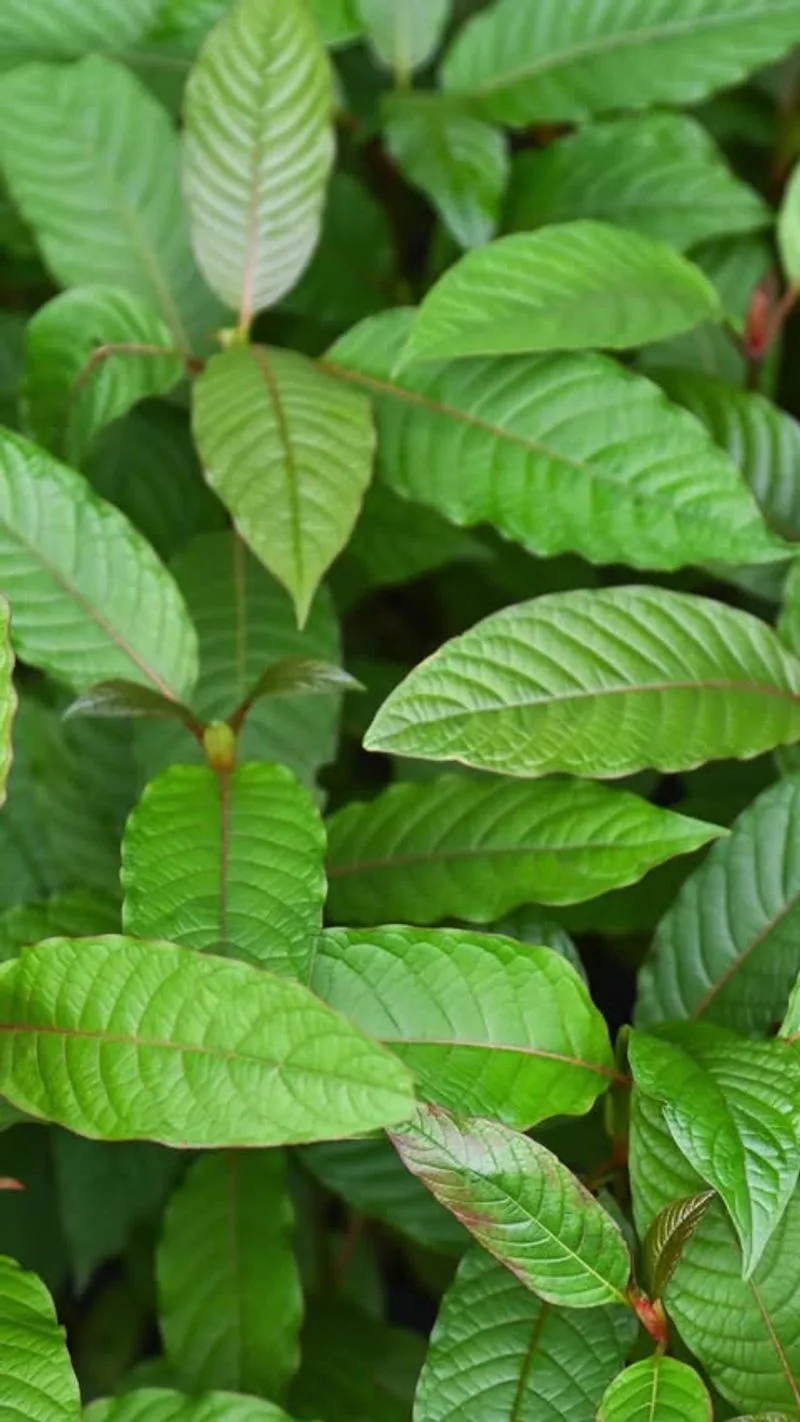
Originating from Southeast Asia, Kratom has gained attention for its opioid-like effects. The leaves are often chewed or brewed into tea to relieve pain and boost energy. Despite anecdotal reports of its benefits, concerns over addiction and abuse have led to calls for regulation. In the U.S., its legal status varies by state, with ongoing debates over its classification. Supporters advocate for its potential in managing pain and opioid withdrawal symptoms. However, the FDA warns against its use due to health risks. The conversation about Kratom underscores the tension between natural remedies and regulatory policies.
Ayahuasca
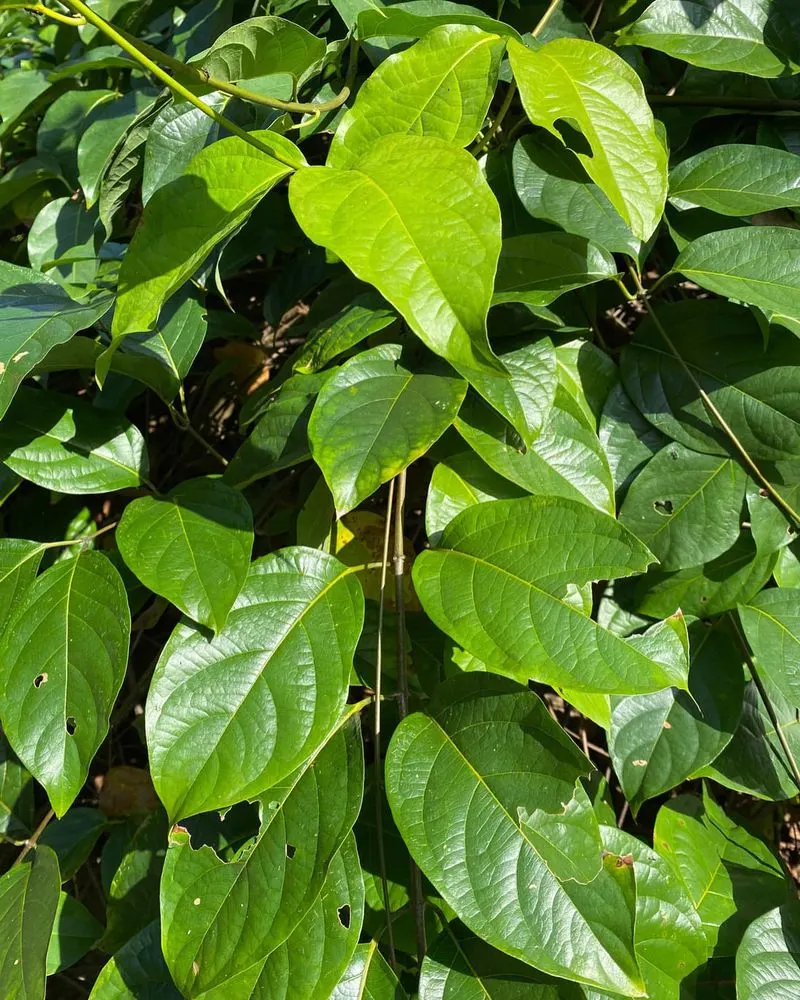
A potent brew made from plants native to the Amazon, ayahuasca is renowned for its powerful hallucinogenic effects. Used traditionally in spiritual ceremonies, it leads to profound psychological experiences. The U.S. government bans its use outside religious contexts, citing safety concerns. Proponents argue for its therapeutic potential in treating mental health issues. The tension surrounding ayahuasca reflects broader debates over drug policy and spiritual practices. Despite its illegal status, interest in ayahuasca retreats continues to grow, highlighting the ongoing curiosity and cultural intrigue surrounding this ancient tradition.
Opium Poppy
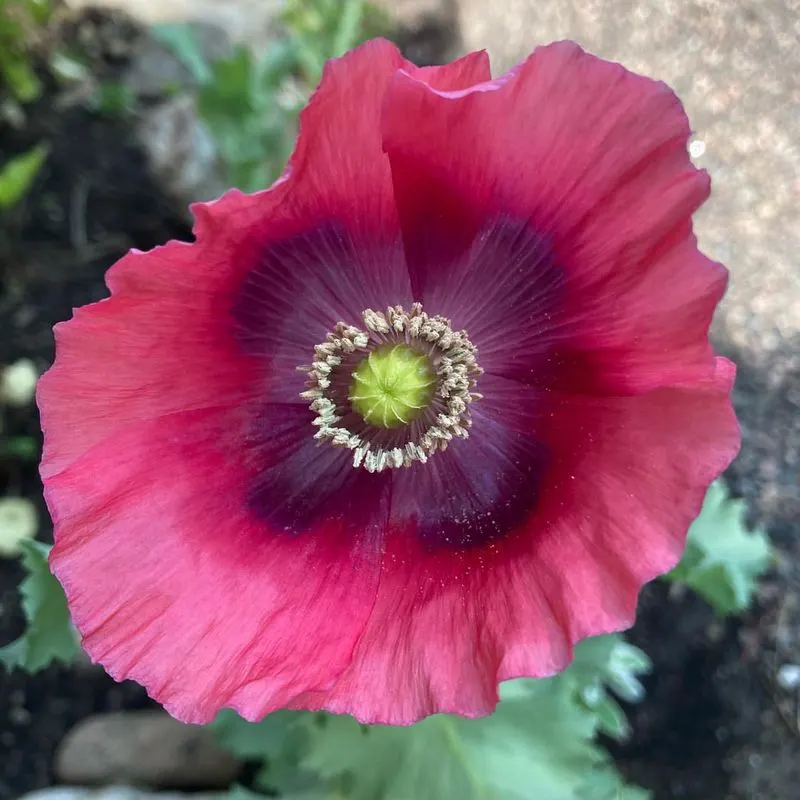
The opium poppy is infamous for its role in producing opiates, substances with significant pain-relieving properties, but also high addiction potential. Cultivation of the poppy for opium is illegal in the U.S. due to its association with narcotic production. Historically, it’s been both a valuable medical resource and a source of widespread abuse. The plant’s cultivation is tightly controlled internationally, reflecting its dual nature as both a vital medicine and a substance of abuse. The poppy’s story is a testament to the complex interplay between therapeutic benefits and the risks of dependency.
Cannabis
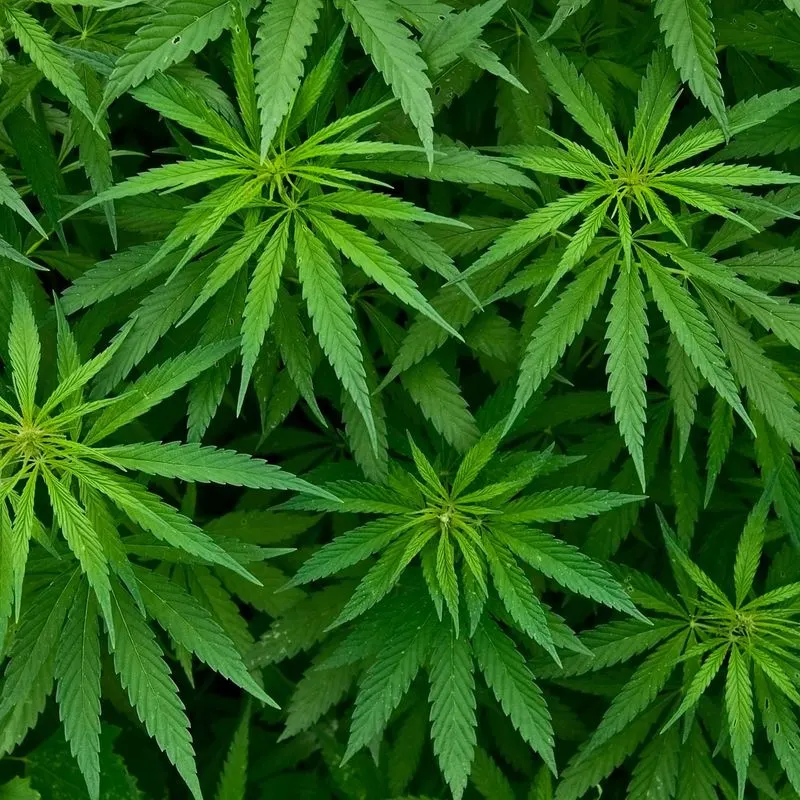
While increasingly legal at the state level, cannabis remains controversial due to its psychoactive effects and historical stigma. Federally classified as illegal, its status varies widely, creating a patchwork of laws that reflect shifting societal values. Advocates highlight medical benefits like pain relief and anxiety reduction, while opponents cite concerns about addiction and impaired judgment. Cannabis’s journey from a prohibited substance to a medically recognized treatment option underscores broader shifts in public perception and policy. Despite legalization efforts, the debate continues, driven by evolving research and cultural acceptance.
Iboga
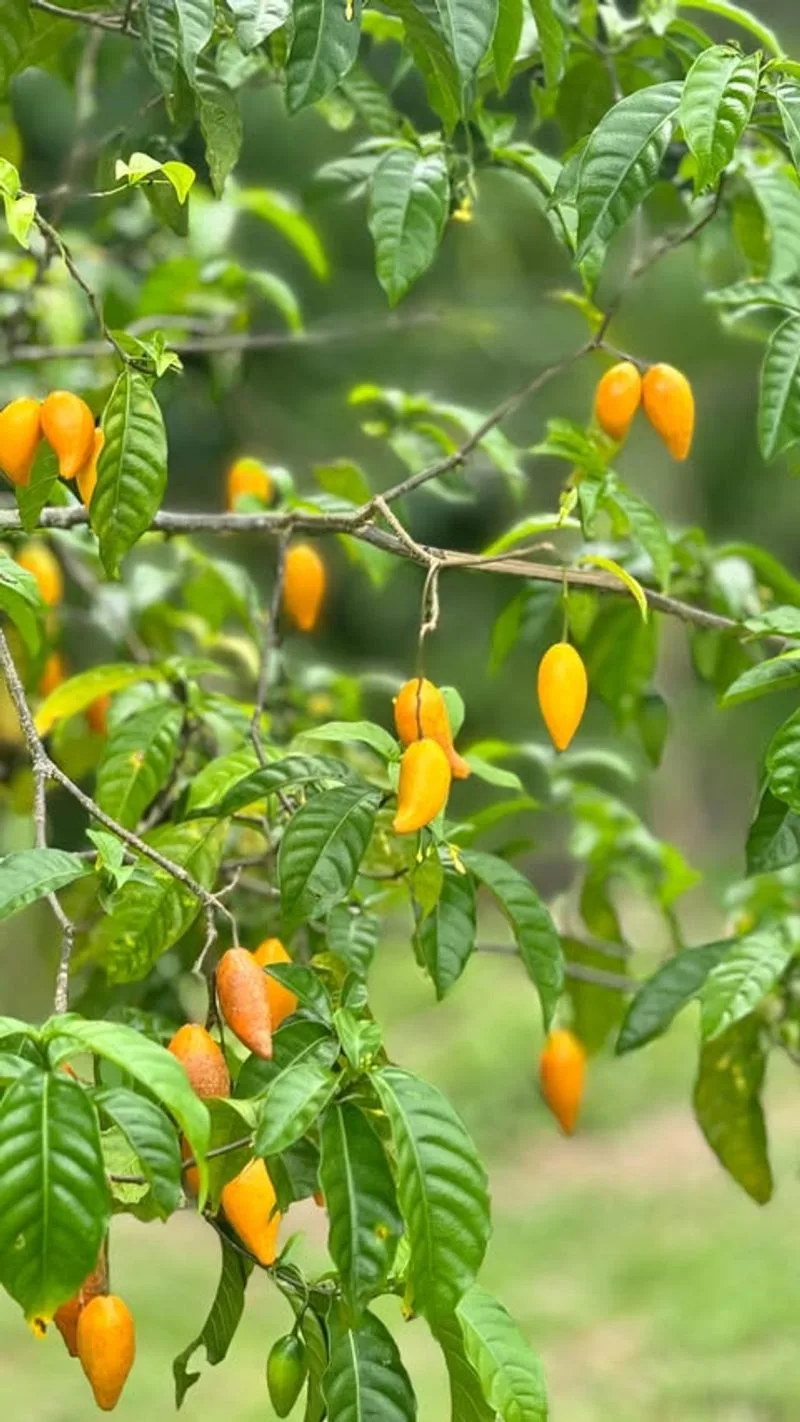
Traditionally used in African spiritual rites, iboga is known for its psychoactive alkaloids, particularly ibogaine. It’s revered for its potential in addiction therapy, yet its legality in the U.S. reflects ongoing concerns over safety and psychoactive effects. Classified as a Schedule I substance, possession or use is prohibited due to perceived health risks. Proponents argue for its therapeutic benefits, fueling ongoing debates about drug policy and alternative treatments. The story of iboga highlights the challenging balance between cultural traditions, therapeutic potential, and modern regulatory frameworks.

